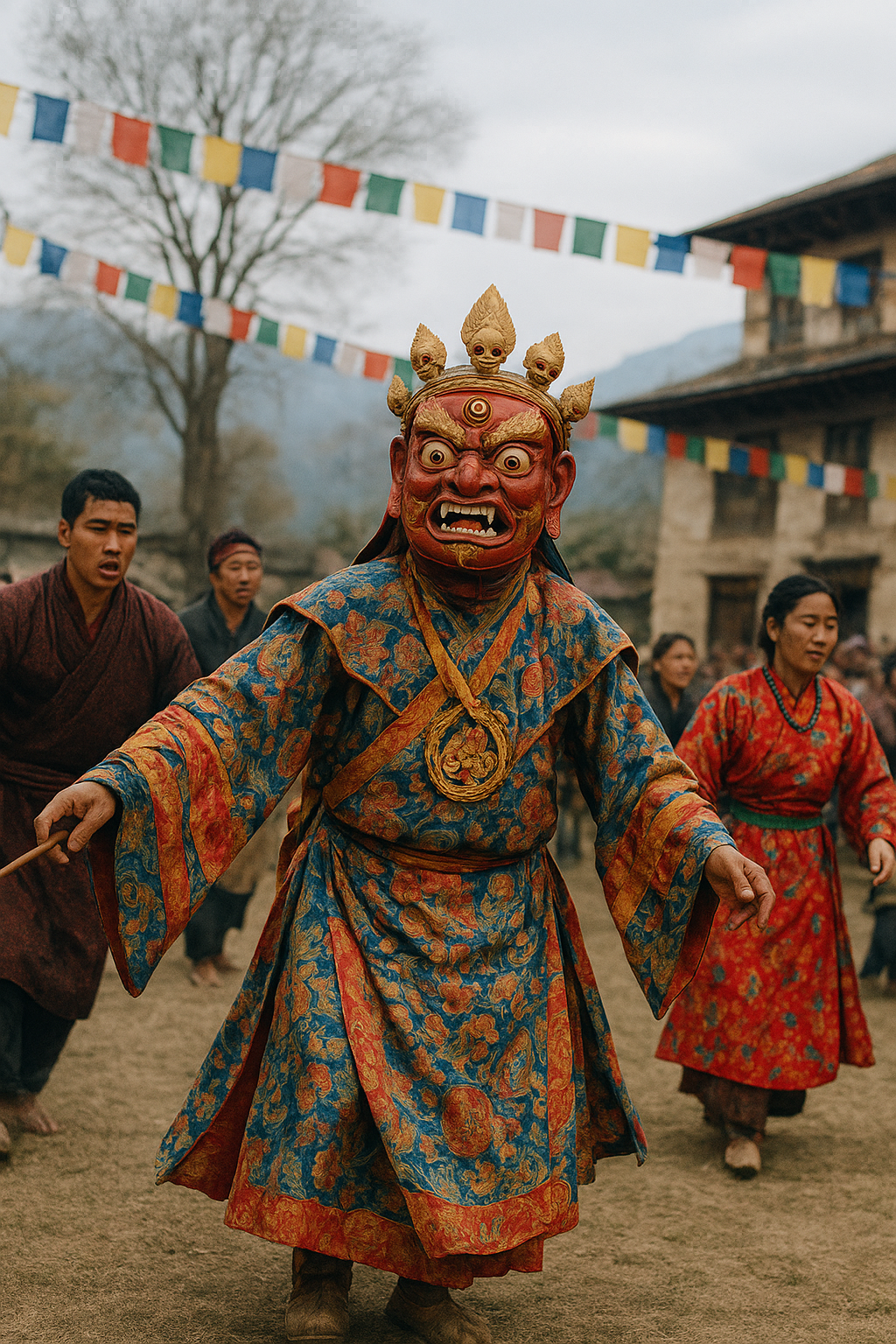Experiencing Sikkim Through Sound, Colour & Ritual: Festivals That Bring Faith and Nature Alive
Experiencing Sikkim Through Sound, Colour, and Ritual: A Cultural Anthropologist’s Journey into the Soul of the Himalayas
Hidden in the valleys of the Eastern Himalayas, Sikkim is not just a destination—it’s a living, breathing symphony of rituals, chants, colours, and community harmony. For those who travel with curiosity about culture and human connection, Sikkim offers a rare opportunity to experience traditions that continue to bridge faith, nature, and identity. Through its grand festivals like Pang Lhabsol, Losoong, and Saga Dawa, one discovers that in Sikkim, spirituality isn’t confined to monasteries—it spills into the streets, mountains, and daily life.
Pang Lhabsol: The Festival of Guardianship and Unity
Among the many festivals that define Sikkim’s unique cultural landscape, Pang Lhabsol stands apart for its striking combination of martial spirit, spiritual devotion, and ecological reverence. Celebrated in August or September, it honours Mount Khangchendzonga, the state’s guardian deity, believed to protect the land and its people.
The origins of the festival date back to the 13th century, during the reign of Chador Namgyal, the third Chogyal (king) of Sikkim, who institutionalised it as a symbol of peace and friendship between the Bhutia and Lepcha communities. Today, this harmony still echoes in the air as masked dancers representing guardian deities perform the “Chaam” dance at monasteries such as Rumtek and Tashiding.
For a cultural traveller, Pang Lhabsol offers a window into Sikkim’s spiritual ecology—where nature is sacred, and ritual becomes a promise of coexistence. The rhythmic sound of traditional drums, the flicker of butter lamps, and the chanting of monks remind you that here, faith is not just practised; it’s performed in harmony with the land.
Losoong: The Sikkimese New Year of Gratitude
When winter wraps the hills in mist and silence, Losoong (or Namsoong for the Lepchas) arrives as a celebration of harvest, renewal, and togetherness. Falling in December, it marks the end of the agricultural year and the beginning of a new cycle.
Traditionally celebrated by Bhutias and Lepchas, Losoong’s rituals reflect Sikkim’s agrarian roots. Villagers gather in courtyards, families share homemade brews, and masked dances like “Kagyed Chaam” depict the victory of good over evil. For travellers, Losoong is not just a spectacle but a cultural immersion—villages across Sikkim open their doors, inviting you to share food, stories, and laughter.
The festival also underlines Sikkim’s circular view of time and life—every ending is also a beginning. Losoong embodies ritual renewal, where community bonds and ecological balance are reaffirmed through shared festivity.
The Language of Sound and Colour in Sikkim’s Festivals
What makes Sikkim’s festivals so distinct is their synesthetic experience—they engage all senses at once. The red, yellow, and blue flags fluttering in the wind are not mere decorations but representations of elements—fire, air, and water. The rhythmic beating of Dhamphu drums, the chants from monastery courtyards, and the fragrance of incense smoke create a soundscape that transcends the material and enters the metaphysical.
Each festival becomes a dialogue between the people and the mountains—a reaffirmation of the bond between faith and the environment.
Other Cultural Festivals to Witness
Saga Dawa – Celebrating the life and enlightenment of Buddha, observed by the Buddhist community with candle processions and prayers across monasteries.
Drupka Teshi – Marks Buddha’s first sermon; celebrated with prayer flags and community offerings.
Tendong Lho Rum Faat – A Lepcha festival commemorating the legend of Mount Tendong, which is said to have saved humanity from a great flood.
Each of these festivals reflects the syncretic identity of Sikkim—a fusion of Bhutia, Lepcha, and Nepali traditions, each adding a different rhythm to the land’s cultural orchestra.
Travel Tip: How to Experience Them Authentically
To truly absorb Sikkim’s festivals, skip the hotel itineraries and stay in homestays across places like Yuksom, Tashiding, or Namchi. Engage with local families, attend the morning rituals at monasteries, and learn the meaning behind every chant or dance. Photographers will find the golden hues of butter lamps and the motion of masked dances mesmerising. In contrast, travellers seeking spiritual renewal will find quiet lessons in humility and balance.
Why These Rituals Matter Today
In an age where culture is often commodified for tourism, Sikkim’s festivals remain authentic acts of living heritage. They continue to teach what sustainable coexistence truly means—between humans, nature, and faith. To experience Sikkim through sound, colour, and ritual is to understand that tradition here is not a relic of the past—it’s a rhythm that keeps the Himalayas alive.





